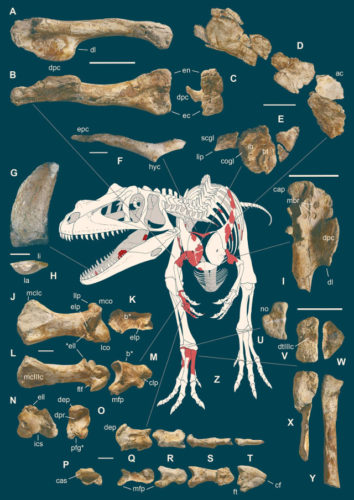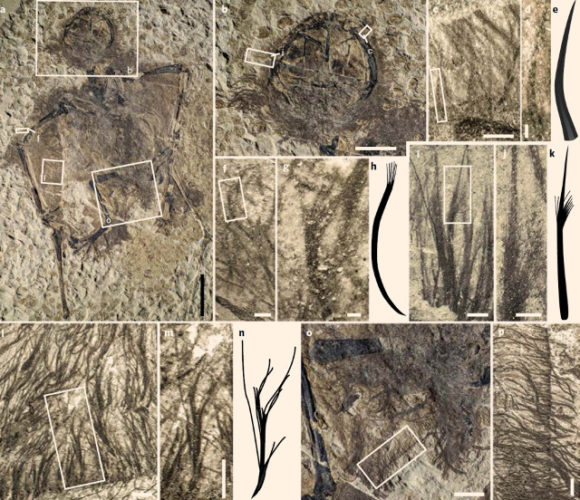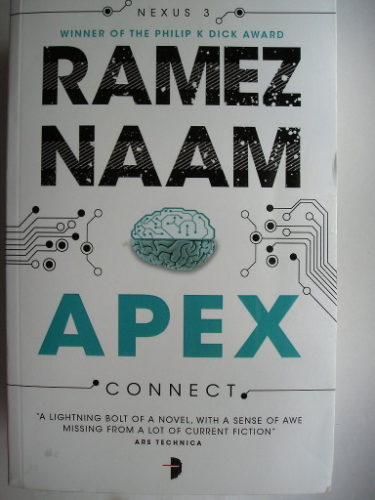
200 million years ago Saltriovenator zanellai was the largest carnivorous dinosaur
An article published in the journal “PeerJ” describes the study of a carnivorous dinosaur of which a partial skeleton was discovered in 1996 near Saltrio, in the Varese province, about 80 kilometer North-East of Milan, Italy. Named Saltriovenator zanellai, it was classified as a part of the group of ceratosaurs, medium-large carnivorous dinosaurs, by Cristiano Dal Sasso, Simone Maganuco and Andrea Cau. It lived almost 200 million years ago and this makes it the oldest ceratosaurus discovered so far and with an estimated length of about 7.5 meters (about 25 feet) and probably at least one ton of weight it’s the largest theropod dinosaur of the time. Its characteristics offer information on birds’ three-fingered hands.




